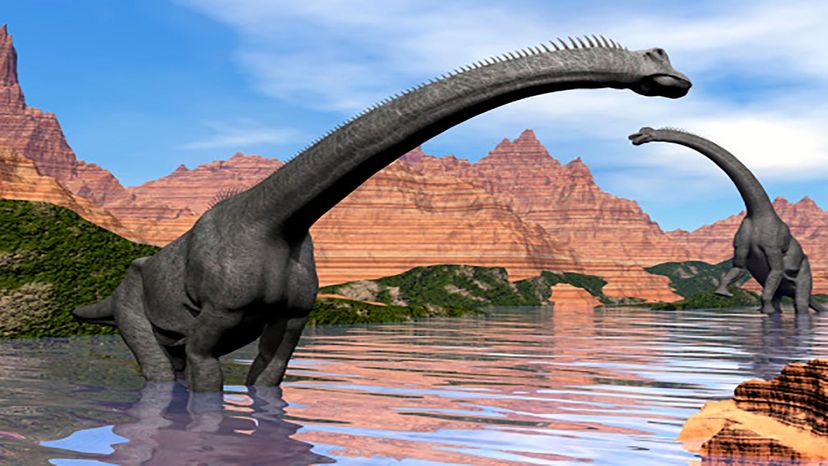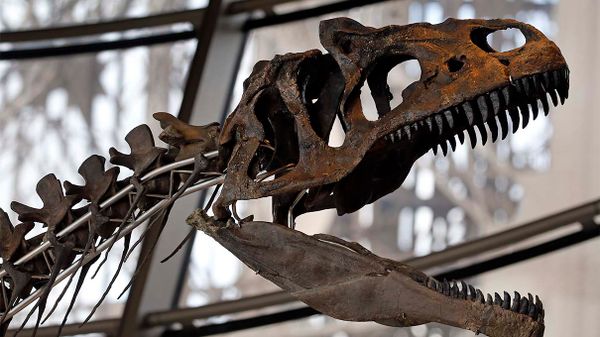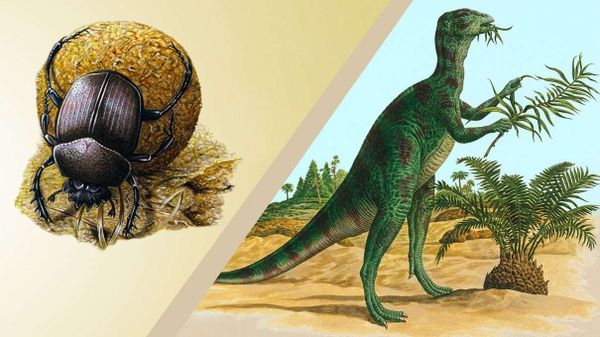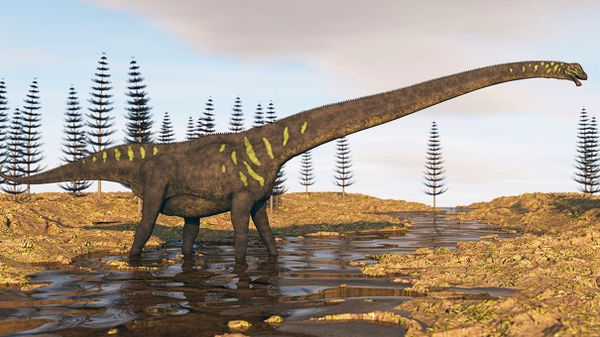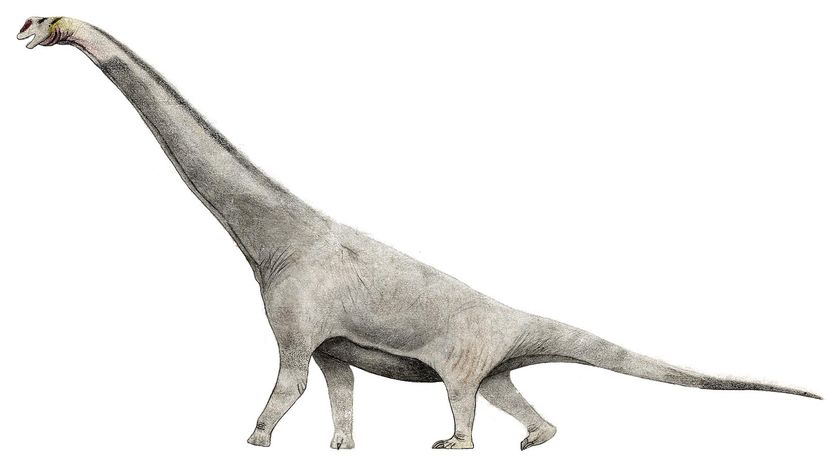
You know you've made it in this crazy, mixed-up world of ours whenastronomersname something after you. On April 8, 1991, scientists at theEuropean Southern Observatory(ESO) spotted a previously unknown asteroid in orbit betweenMarsandJupiter. Since the thing needed a name, they called it9954 Brachiosaurus.
A long-armed, long-necked plant-eating dinosaur,Brachiosaurusresided in North America during the Late Jurassic Period, about 155 to 150 million years ago.
Advertisement
Today the animal lives on in our popular culture. Except its fame comes with an asterisk.
Brachiosaurushad a memorable appearance in the first "Jurassic Park" movie and itmade audiences cryin 2018's "Jurassic World: Fallen Kingdom." Yet these portrayals of the giant reptile were largely based on a different dinosaur:Giraffatitan brancai.
Advertisement

